NDT – Phils., Inspection Services Corporation
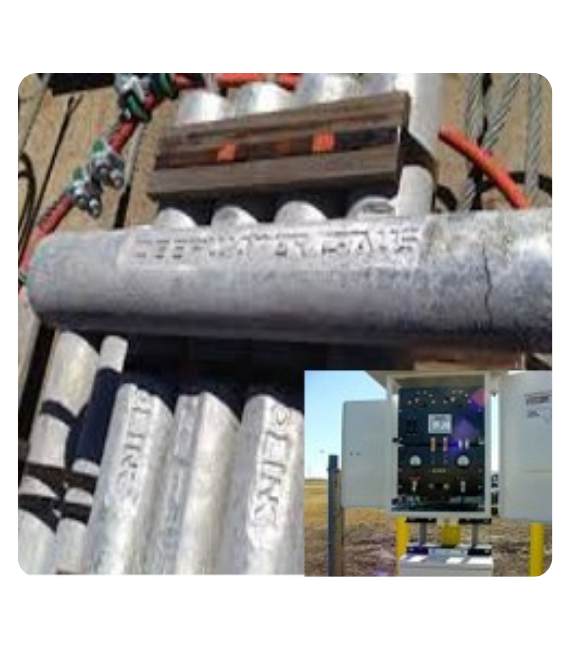
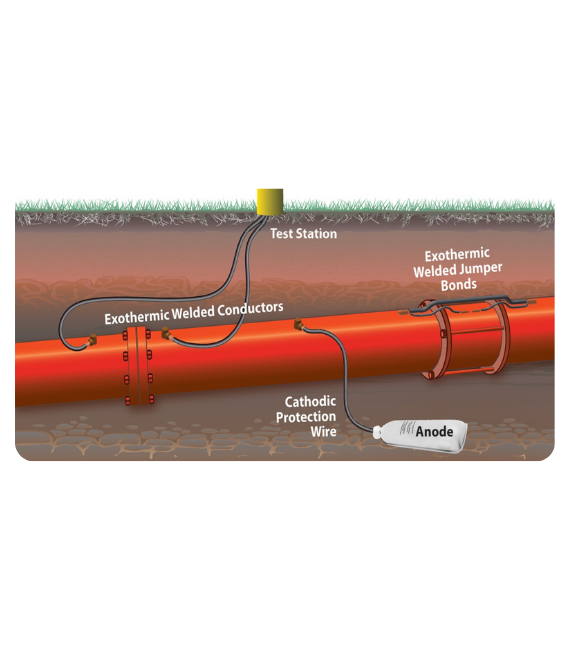
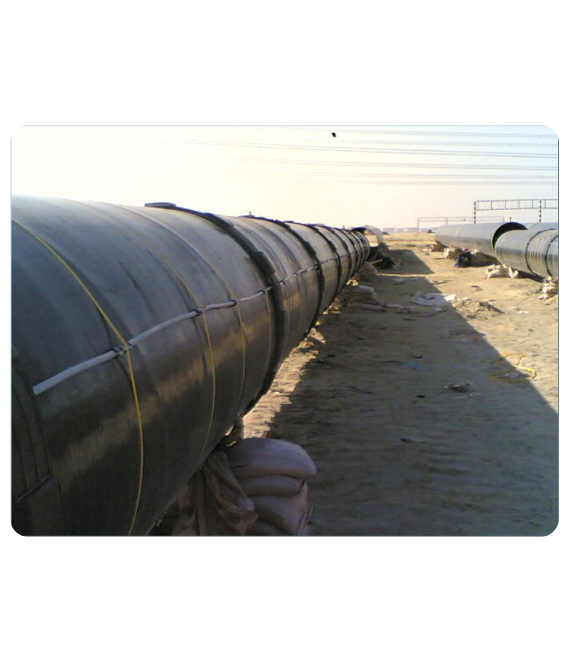
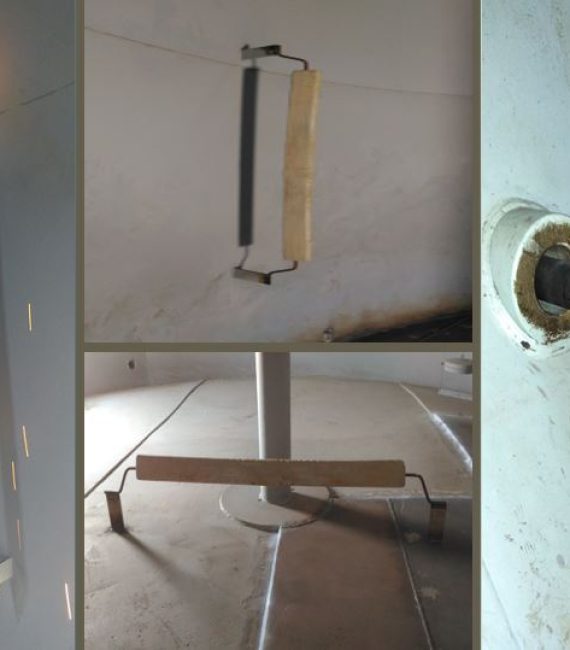
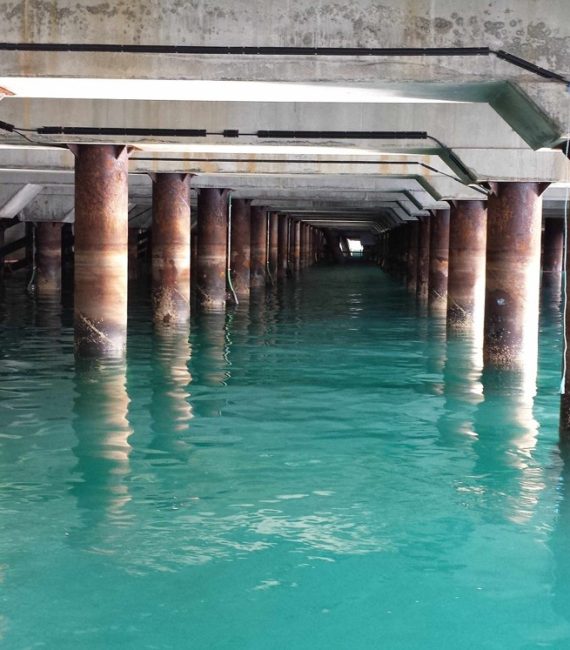
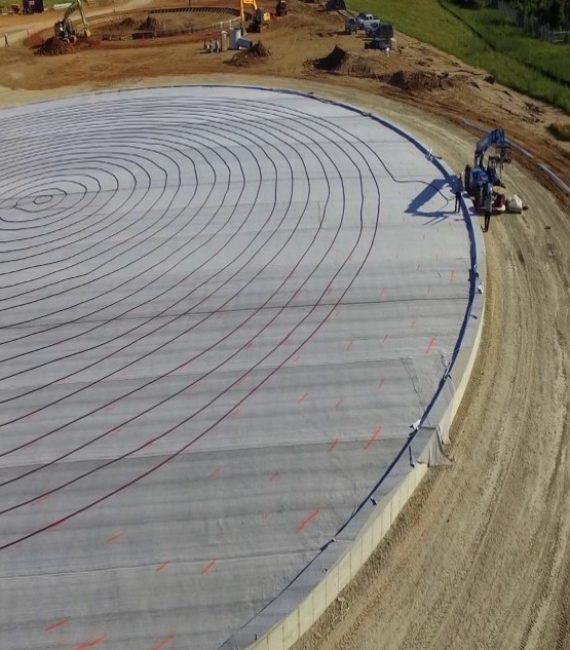
INDUSTRIAL INSPECTION
Catholic Protection system(CPS)
A cathodic protection system is a method used to protect metal surfaces from corrosion, primarily in pipelines, storage tanks, offshore platforms, ship hulls, and other steel structures exposed to water or soil. This system works by converting the entire metal surface into the cathode of an electrochemical cell.
Types of Cathodic Protection Systems
1. Galvanic (Sacrificial Anode) Cathodic Protection:
• Principle: Uses sacrificial anodes made from a more reactive metal (like zinc, magnesium, or aluminum) to protect the base metal (steel). The sacrificial anode corrodes instead of the protected metal.
• Application: Commonly used for small-scale structures like water heaters, pipelines, and boats.
2. Impressed Current Cathodic Protection (ICCP):
• Principle: Uses an external power source to provide a continuous direct current to the metal surface. This system employs inert anodes (like graphite, mixed metal oxide, or platinum) and a rectifier to control the current flow.
• Application: Suitable for large structures such as long pipelines, storage tanks, and offshore platforms.
• Advantages: Capable of providing high levels of protection over large areas, adjustable current output.

